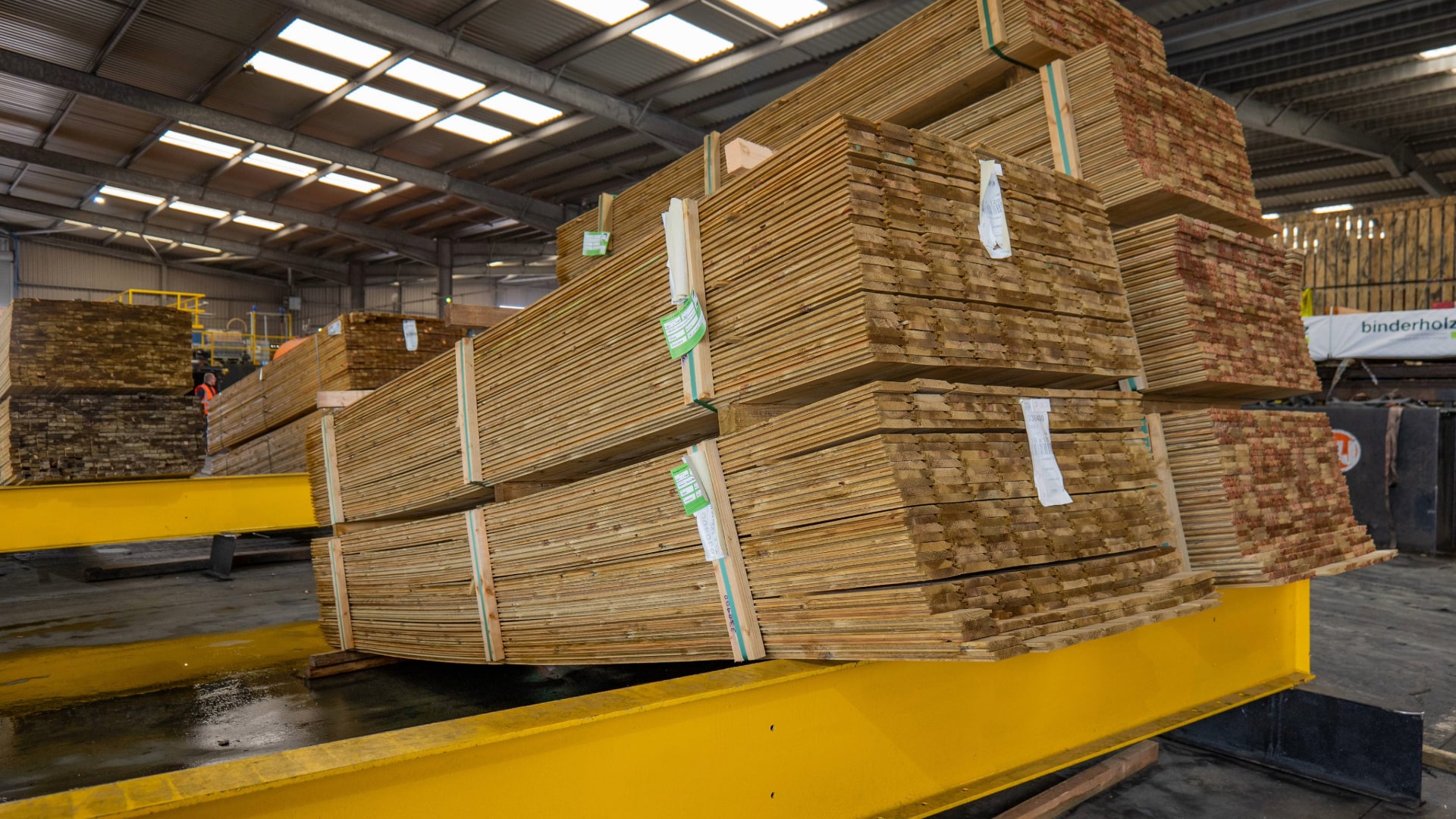Why Should We Treat Timber?
Timber is a well-used material for a range of projects both internal and external. From new build house construction to external cladding and decking, however, if left untreated, timber’s lifespan is drastically reduced and can cause serious issues in the process of decay. Treating timber not only enhances its durability and strength but also contributes to environmental sustainability and the preservation of forests. In this WJ Group article, we delve into the compelling reasons why treating timber is essential. Forests are the lungs of our planet, vital for biodiversity, climate regulation, and the wellbeing of ecosystems. By treating timber, we extend the lifespan of wood products, reducing the demand for freshly harvested timber. This practice helps mitigate deforestation and promotes sustainable forest management, ensuring that future generations can continue to benefit from the invaluable services provided by forests. Untreated timber is susceptible to decay, insect infestation, and weathering, leading to premature degradation. Treating timber with preservatives significantly increases its resistance to rot, fungi, insects, and other pests. This enhancement in durability extends the lifespan of timber products, reducing the frequency of replacement and minimising waste. In construction, timber is a popular choice for its strength, versatility, and aesthetic appeal. However, without proper treatment, structural elements made from timber are prone to deterioration, compromising safety and stability. Treating timber with appropriate chemicals or processes strengthens its structural integrity, ensuring that buildings, bridges, and other infrastructure remain safe and reliable over time. Whether used in residential or commercial projects, timber represents a significant investment. Treating timber not only safeguards this investment by prolonging the lifespan of wood products but also reduces maintenance costs associated with repairs and replacements. By prioritising timber treatment, individuals and businesses can maximise the value of their assets while minimising long-term expenses. Treating timber extends its useful life, facilitating its reuse, recycling, or repurposing at the end of its initial lifespan. This promotes a circular economy model, where resources are utilised efficiently, waste is minimised, and environmental impacts are reduced. By incorporating treated timber into circular supply chains, we can minimise the extraction of raw materials, conserve energy, and mitigate greenhouse gas emissions associated with production processes. Treating timber is not merely a matter of preserving wood products; it is a commitment to environmental stewardship, economic resilience, and societal wellbeing. As we strive towards a more sustainable future, let us recognise the importance of treating timber as a fundamental step towards achieving that vision.

